When you decide to buy a new laptop or PC, you should pay close attention to the processor. Since the processor is a crucial component of every configuration, we have compared two powerful models, Intel Xeon vs i7. If you don’t know much about them, you’re on the right page!
Xeon vs i7
Besides the Intel Core i7 line, which is very popular in the CPU market, there is also the Intel Xeon line. This is Intel’s state-of-the-art line of processors. They are very similar to Intel Core processors, but these models are even better in some aspects.
Let’s extract more information from this Xeon vs i7 comparison.
| Intel Xeon | Core i7 | |
|---|---|---|
| Number of cores | Up to 22 | Up to 12 |
| Max number of threads | 44 | 20 |
| Min clock speed | 1.6 GHz | 1.0 GHz |
| Max clock speed | 3.9 GHz | 4.9 GHz |
| Total overall cache | 10-15MB | 12-25MB |
| Integrated graphics | – | Intel Iris Xe |
| Unlocked | No | Yes |
Intel Xeon
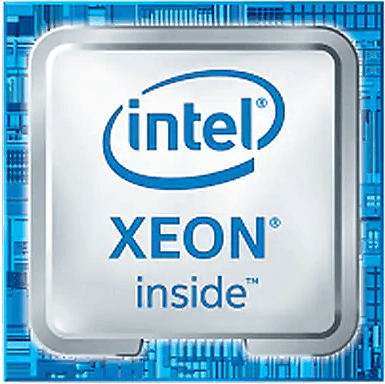
Pros
- More cores
- More threads
- Suitable for businesses
- Great for server configurations
Cons
- Doesn’t have integrated graphics
- Lower maximum speed
Intel Core i7
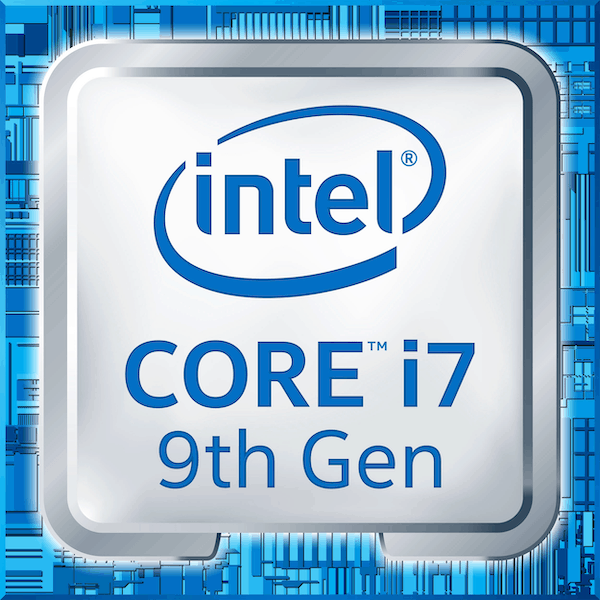
Pros
- Higher maximum speed
- Higher cache
- Has integrated graphics
- Suitable for consumers and gaming
Cons
- Number of cores
- Number of threads
Xeon vs i7 – Which one is better?
Simply put, a processor is the engine of your computer. This component runs all the processes and performs all tasks it receives from a particular program. That is why we have created this guide to help you choose the right processor.
Cores
Some devices have a single-core processor, while others have a processor with two, four, eight, or even more cores! If you have multiple cores working together, the CPU can perform multiple actions simultaneously every second, drastically improving performance.
Today’s processors have a minimum of two cores. However, there is a growing trend where processors can have up to 50 cores. In other words, the more cores you have, the better performance!
Some Intel Xeon processors have up to 22 cores! This is proof that these processors are very powerful. On the other hand, Intel Core i7 processors have up to 12 cores.
Winner: Intel Xeon
Clock Speed
The speed is determined in units of GHz. The higher the number, the higher the processor speed. Many processors also have additional speed, called turbo boost speed. This technology provides extra acceleration when needed.
People used to compare processors based only on their speed. However, when determining processor performance, we must also consider the number of cores. For example, a multi-core processor can process data much better than a single-core processor, even though they have the same speed.
The base clock speed is a minimum speed, while the turbo boost speed is the maximum speed the processor can reach. However, the clock speed varies depending on the model of the processor.
Therefore, the minimum clock speed of the Intel Xeon line is 1.6 GHz, while the maximum speed is 3.9 GHz. On the other hand, the Intel Core i7 line contains many models with a maximum speed above 4 GHz!
When it comes to base clock speed, we can say that the difference between these two models is negligible. However, if we take into account maximum speeds, the Intel Core i7 line stands better.
Winner: Intel Core i7
Threads
Have you ever heard of the term hyper-threading? It means that the physical core of a processor can be divided into virtual cores, called threads. For example, by using additional virtual cores, a CPU with only 4 cores can function as if it had 8.
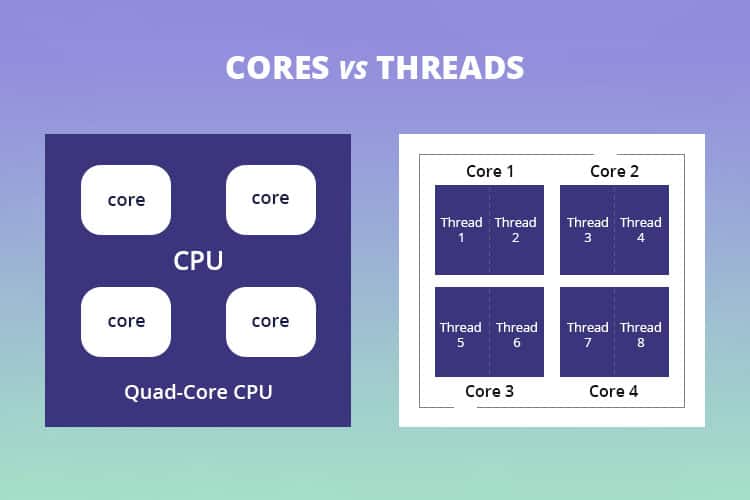
Therefore, the most crucial thing in this Intel Xeon vs i7 comparison is choosing the right processor to fulfill your expectations. Both of these models support hyper-threading. It is up to you to choose how many threads you want to have.
If you are a user who surfs the net, plays games, or watches movies, you might want to skip this hyper-threading technology. Instead, you can save a few dollars if you choose to buy a processor with only physical cores.
On the other hand, if you work with demanding applications and tasks such as programming, or video rendering, this technology might be a good solution.
The Intel Xeon line gives you the ability to have 44 threads per processor. At the same time, the Intel Core i7 line comes with models that can have a maximum of 12 threads.
Winner: Intel Xeon
Socket
A socket serves to “accommodate” a processor. It is located on the motherboard. Mounting a processor in the socket is usually quick and easy. However, it would be recommended to study the instructions first. This is especially important when mounting a cooler since mounting mechanisms are different depending on the type of socket.
Also, not every processor is compatible with every socket. Processors designed for one socket can’t be used in other sockets unless a manufacturer guarantees compatibility. So make sure the processor you want to buy is compatible with your motherboard.
Cache
RAM (Random Access Memory) is a location where all programs store their data. A processor can access any location in RAM to use and process the data. However, the data remains in RAM while the computer is running. When we turn off the computer, RAM loses the data.
On the other hand, when we turn on the computer, the operating system and other files are reloaded into RAM, usually from the HDD or SSD. But to prevent losing data and increase the speed of the system, we have a cache memory.
Cache memory is an integral part of a processor. It is a special type of memory that speeds up access to RAM and thus increases the entire system’s performance. The capacity of this memory is small, but it is much faster than RAM.
Intel Xeon and Core i7 processors have at least 6MB of cache memory. We also need to point out that this is the minimum amount of cache memory per one processor.
Newer models of Intel Xeon processors have between 10 and 15MB of cache, while Intel i7 processors are in the range of 12 to 25MB of cache.
Winner: Intel Core i7
Integrated graphics
Integrated graphics is a GPU (Graphics Processing Unit) placed on the processor. The main function of the GPU is to solve graphics operations. GPU doesn’t have its memory, but it uses part of the system’s RAM together with a processor. The amount of memory they use depends on the general amount of RAM and the processor itself.
Compared to separate graphics cards, integrated graphics is weaker. But it consumes less power and creates less heat. So if you want to buy a laptop, this might be a good option for you. For everyday tasks and a solid number of programs, this type of graphics might satisfy most of your needs.
However, if you work in more advanced programs such as AutoCAD or Adobe Premiere, a separate graphics card is a must. This is especially important if you decide to buy an Intel Xeon processor, which doesn’t have integrated graphics.
On the other hand, many Intel Core i7 processors come with integrated graphics. Newer generations of this line have Intel Iris Xe graphics.
Winner: Intel Core i7
Ram compatibility
Whenever you want to upgrade your computer, pay attention to compatibility between individual components. In short, some components require special attention: CPU, the motherboard, and RAM.
Also, pay attention to RAM speeds. This is the speed of data transfer to the cache memory. The higher the number, the faster the computer can save or retrieve data stored in local memory.
Unfortunately, almost all motherboards support only one type of RAM and CPU. Therefore, before you buy a new processor, read the specifications carefully.
Intel Xeon processors are compatible with DDR4 type of memory. The speeds are 1866, 2133, 2400 MHz. At the same time, Intel Core i7 processors are compatible with DDR4, DDR5, LPDDR3, and LPDDR4X. The speeds are in the range between 3200 and 4800 Mhz.
Winner: Intel Core i7
TDP
TDP stands for Thermal Design Power. It is a measure of the maximum amount of heat that a CPU produces under an intense workload. It is expressed in watts (W), which is usually a measure of power (like electricity) but can also refer to heat.
While your computer is running, its components are generating heat. At the same time, the processor also runs at boost levels (higher speeds) because it is under heavy load. If the cooling system can’t cope with high temperatures, the processor slows down to protect itself from damage. The result of this is a poor performance of the system.
Unique Features
Overclocking
The term overclocking means increasing the performance of the CPU above its factory values. The overclocking procedure largely depends on the components you have in your computer. For example, many CPUs are locked. So you can’t overclock them at all.
On the other hand, there is a huge selection of processors in the CPU market that accept overclocking. So if you want to speed up your processor, or at least have a chance to do that, you should choose the right processor. In this case, you want a processor which is unlocked.
Unfortunately, Intel Xeon processors are locked for overclocking. If overclocking is important for you, it may make sense to invest in an Intel Core i7 processor since this option is available.
Fan/cooling
If you are building a computer from scratch, you should consider what is best – to buy a separate cooler or a processor with an integrated cooling system. An integrated cooling system is cost-effective because the system is already installed and fully compatible with the processor you want to buy.
On the other hand, you should be aware that a processor’s temperature usually rises during multimedia processing or when playing highly demanding video games. With that in mind, the integrated cooling system might become too loud or unable to cool the processor.
Replacing that cooling system with a separate one will be either impossible or you will have to take your computer to a special service. So if you are building a computer from scratch, it might be a good idea to purchase the processor and cooling system separately.
Example Comparison Xeon E7-8891v4 vs Core i7-10700K
To demonstrate the differences between Intel Xeon and Core i7, we compared two specific models. In this case, these are the Intel Xeon E7-8891v4 and Core i7-10700K.
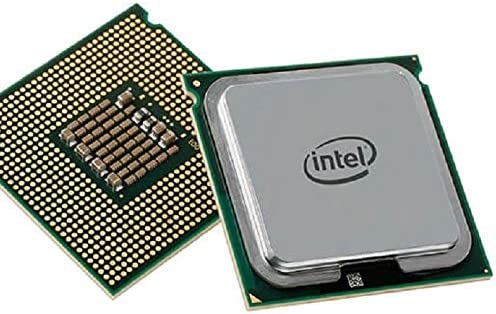
The first model has 10 cores and 20 threads. On the contrary, the Intel Core i7 comes with 8 cores and 16 threads. In this case, the Intel Xeon processor has a slight advantage over its competitor.
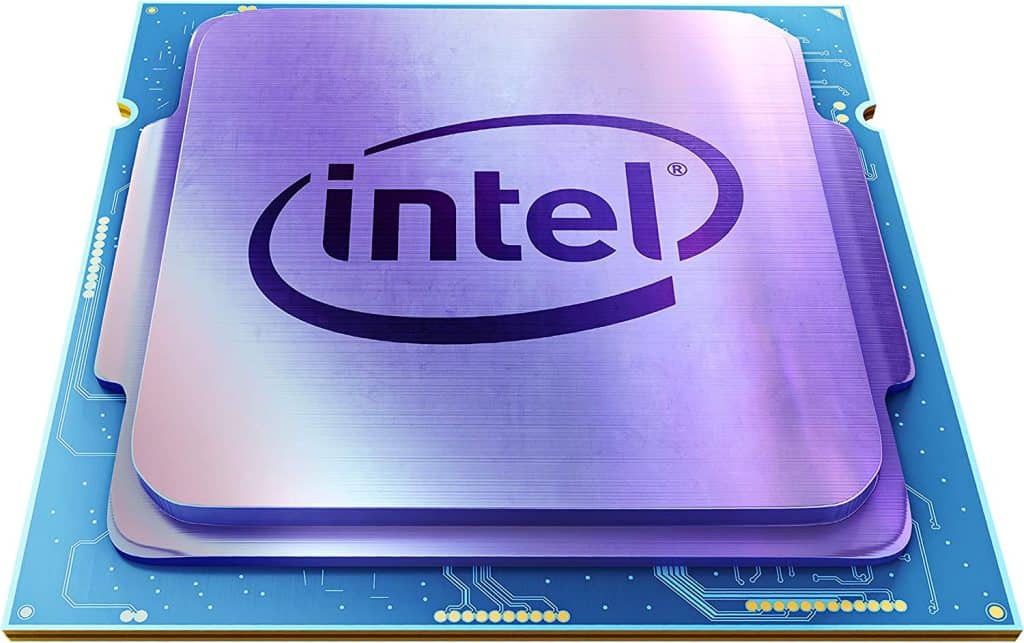
Looking at the clock speed, the absolute winner is the Intel Core i7, with a base speed of 3.8 GHz as opposed to the Intel Xeon, which has a speed of 2.8 GHz. Another plus for the Intel i7 model is the max turbo frequency which can go up to 5.10 GHz!
When it comes to TDP or power consumption, both of these processors consume a lot of energy. However, the Intel Core i7 processor has a lower power consumption of 125W! But this number may be even lower thanks to the Configurable TDP-down Frequency. This technology reduces the processor speed to a fixed point.
Finally, we want to point out that the Intel Xeon does not have integrated graphics, but the i7 does.
Therefore, if you want a desktop processor perfect for gaming, surfing, watching 4K videos, Core i7-10700K might be an excellent choice!
See Also: Our Xeon vs i9 comparison
Conclusion
Here are the results of this Intel Xeon vs i7 comparison.
Use the Intel Xeon if you:
- Would like to have a business laptop or PC
- Would like to set up a server
- Would like to play high-demanding games (a separate graphic card is needed)
Use the Intel iCore i7 if you:
- Like multitasking
- Would like to use high demanding programs
- Would like to watch 4K movies
- Don’t want to buy an additional graphics card